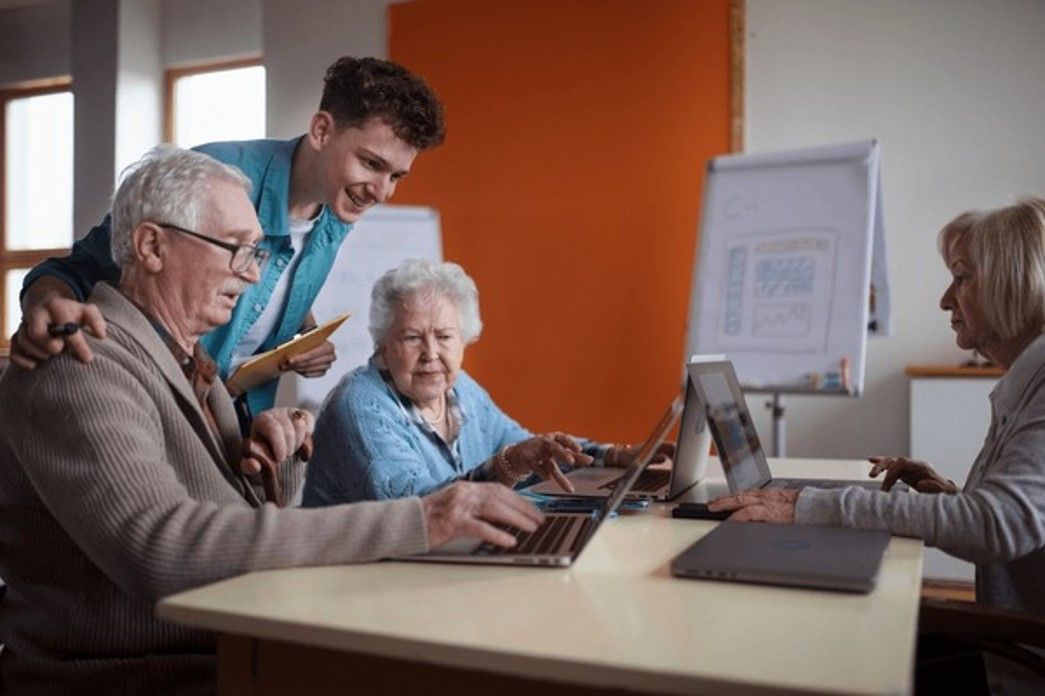In today’s fast-paced world, the importance of community and social connection cannot be overstated, especially for seniors residing in assisted living facilities. This blog will explore how these facilities strive to create a nurturing environment that fosters a sense of belonging and promotes personal growth among residents.
We will delve into the various activities and programs designed to encourage interaction, share inspiring stories of residents who have formed deep connections, and highlight the role of staff in supporting a thriving community. By emphasizing the values of inclusivity and engagement, this blog aims to shed light on the positive impact that assisted living facilities can have on the lives of their residents, transforming what could be a lonely experience into one rich with friendships and lifelong growth.
The Role of Social Activities in Building Community

Social activities play a pivotal role in cultivating a sense of community among residents in assisted living facilities. These activities provide structured opportunities for interaction, allowing individuals to connect over shared interests and experiences.
Fostering Connections Through Group Activities
Engaging in group activities, such as arts and crafts, game nights, or exercise classes, encourages residents to work collaboratively and bond over common goals. These shared experiences not only reduce feelings of isolation but also help to build friendships that can thrive beyond the activity itself.
Encouragement of Inclusive Events
Special events, such as holiday celebrations and themed parties, reinforce a sense of belonging by promoting inclusivity and encouraging participation from all residents. These gatherings often become highlights of the residents' social calendars, where they can celebrate together and create lasting memories.
Enhancing Emotional Well-Being
Participation in social activities has been shown to improve emotional well-being, alleviating symptoms of anxiety and depression. The friendships formed in these environments provide vital support networks, ensuring that residents feel valued and understood.
Building a Supportive Network
Ultimately, social activities create a foundation for a supportive community where residents can find companionship and encouragement. This network plays a crucial role in enhancing the overall quality of life for individuals in assisted living, making them feel at home in their new environment.
Innovative Programs that Encourage Resident Interaction
Assisted living facilities continue to develop and implement innovative programs that not only engage residents but also foster meaningful connections. These programs often leverage technology, creativity, and community involvement to create enjoyable experiences that resonate with residents.
Technology-Enhanced Interaction
Many facilities are embracing technology by introducing virtual reality experiences, online game nights, and video calls with family members. These initiatives allow residents to explore new worlds, engage with others remotely, and maintain strong connections with loved ones, expanding their social circles beyond the facility.
Thematic Workshops and Classes
Offering a variety of themed workshops and classes—ranging from cooking and gardening to painting and music—can stimulate interest and provide residents with opportunities to learn and collaborate. These interactive sessions not only enhance skill sets but also promote teamwork and camaraderie among participants, all while allowing residents to express their creativity.
Community Partnerships
Collaboration with local organizations and volunteers can lead to dynamic programs that encourage engagement. Partnerships with schools, clubs, and hobby groups provide residents with the chance to share their skills and experiences, whether through mentoring opportunities or joint projects, reinforcing intergenerational connections.
Special Interest Groups
Establishing special interest groups based on hobbies and passions—such as book clubs, walking groups, or crafting circles—allows residents to connect with like-minded individuals. These groups serve as a platform for members to bond over shared interests, leading to deeper friendships and a richer community atmosphere.
By integrating these innovative programs into the daily life of assisted living facilities, residents are more likely to experience enhanced social interaction and emotional well-being, ultimately creating a vibrant and supportive community.
How Assisted Living Staff Facilitate Social Connections

The role of staff in assisted living facilities is crucial in fostering social connections among residents. Trained professionals help create an environment where residents feel valued, supported, and encouraged to engage with their peers. Their proactive approach can make a significant difference in enhancing the sense of belonging within the community.
Creating a Welcoming Atmosphere
Staff members are instrumental in establishing a welcoming atmosphere that encourages interaction. By greeting residents warmly and showing genuine interest in their lives, they help individuals feel more comfortable and open to engaging with others. This positive environment lays the foundation for building connections and friendships.
Facilitating Introductions
One of the key roles of staff is to facilitate introductions among new residents and those who may not have previously interacted. By actively bringing people together, staff helps break down barriers, encouraging conversations that can blossom into lasting relationships. Their ability to identify common interests among residents can spark meaningful interactions.
Organizing Social Events
Assisted living staff take the initiative to plan and organize social events, providing residents with a structured format to meet and connect. These events can range from casual coffee mornings to themed celebrations, all designed to create opportunities for residents to mingle and enjoy each other's company. Through these gatherings, residents can form connections that contribute to a vibrant community atmosphere.
Providing Support and Encouragement
Staff members play a vital role in offering emotional support and encouragement to residents. By recognizing when someone feels isolated or disengaged, staff can gently encourage participation in social activities or introduce them to fellow residents. This support helps individuals feel more secure in exploring new friendships and engaging with their community.
Training and Development
Ongoing training for staff in interpersonal skills, empathy, and understanding the diverse needs of residents enhances their ability to foster social connections. Equipped with the right tools and knowledge, staff can better encourage interactions and create inclusive environments that cater to all residents, thus enriching the supportive community within assisted living facilities.
The Importance of Inclusivity in Assisted Living Communities
Inclusivity in assisted living communities is essential for fostering a sense of belonging and enhancing the quality of life for all residents. When individuals from diverse backgrounds, abilities, and life experiences come together, the community thrives, allowing each person to feel valued and respected.
Embracing Diversity
Diversity encompasses various aspects, including cultural, racial, and experiential differences. Embracing these differences creates a rich tapestry of perspectives that can inspire creativity, understanding, and collaboration among residents. By acknowledging and celebrating diversity, assisted living facilities can foster a welcoming environment that encourages all residents to share their stories and insights.
Tailored Programs and Activities
To promote inclusivity, it is vital for assisted living communities to offer tailored programs and activities that cater to the unique needs and interests of residents. This approach ensures that everyone has the opportunity to engage in activities that resonate with them, promoting participation and connection. By considering residents' individual preferences, communities can create a sense of ownership and belonging.
Building Empathy and Understanding
An inclusive environment cultivates empathy and understanding among residents and staff alike. When everyone is encouraged to share their experiences and perspectives, it fosters open communication and reduces potential biases. This atmosphere of acceptance not only strengthens relationships but also enhances the overall emotional well-being of individuals within the community.
Strengthening Community Bonds
Inclusivity plays a critical role in strengthening the bonds between residents. When individuals feel included, they are more likely to engage with one another, share common goals, and collaborate on various projects and activities. These connections contribute to a supportive network that enriches the community and cultivates friendships that can last a lifetime.
Promoting Psychological Well-Being
Inclusivity is essential for promoting psychological well-being among residents. Feeling accepted and valued within a community can lead to increased self-esteem, reduced feelings of loneliness, and a greater sense of purpose. By prioritizing inclusivity, assisted living facilities can create a nurturing environment where every resident can thrive and find joy in their daily lives.
Creating a Welcoming Environment for New Residents
Orientation and Familiarization
Developing a structured orientation program is crucial for helping new residents acclimate to their surroundings. This program should include guided tours of the facility, introductions to key staff members, and information about available services and amenities. By familiarizing newcomers with their environment, staff can reduce anxiety and promote a sense of belonging.
Peer Support Programs
Implementing peer support programs can be instrumental in easing the transition for new residents. Pairing them with established residents allows newcomers to have friendly contact who can share insights about community life, participate in activities together, and help foster early connections. This buddy system can significantly enhance the newcomer’s comfort level.
Community Welcome Events
Organizing community welcome events specifically for new residents is an effective way to create a strong sense of belonging. These events can include meet-and-greet sessions, welcome dinners, or informal coffee chats. Such gatherings not only allow residents to interact but also help them establish relationships with staff and fellow residents in a relaxed, casual setting.
Personalised Introductions
Making an effort to provide personalized introductions can enhance the welcoming experience. When staff members take the time to introduce new residents to others with shared interests or backgrounds, it can facilitate immediate social connections. This thoughtful approach shows that the community values their presence and encourages engagement from the start.
Continuous Feedback and Adaptation
Establishing a system for continuous feedback from new residents can help staff identify areas for improvement in creating a welcoming environment. By actively seeking input on their experiences and the challenges they face, staff can make necessary adjustments to ensure that every new resident feels supported and valued during their transition into the community.
Group Outings: Exploring the Local Area Together
Group outings play a pivotal role in enriching the lives of residents within assisted living communities. These shared experiences not only promote social interaction but also encourage exploration and engagement with the wider community.
Benefits of Group Outings
Participating in group outings enhances residents’ physical and mental well-being. Engaging in activities outside the facility—such as visits to local parks, museums, or community events—provides residents with a change of scenery and an opportunity to stimulate their senses. These outings can improve mood and reduce feelings of isolation by fostering connections among residents.
Planning Inclusive Activities
When planning group outings, it's essential to consider the diverse interests and mobility needs of all residents. Offering a variety of activities—such as scenic drives, nature walks, or cultural experiences—ensures that everyone can participate and enjoy the outing. Tailored plans can accommodate various mobility levels, ensuring accessibility for all participants.
Building Community Connections
Group outings allow residents to connect with the local community and experience its vibrant culture. By visiting local shops, attending festivals, and engaging in community service projects, residents not only contribute to the community but also forge new friendships and relationships with residents. This interaction can enhance their sense of belonging and connection to the broader society.
Encouraging Volunteerism
Incorporating volunteer outings into the regular schedule can provide residents with fulfilling experiences. Participating in community service activities helps residents feel valued and reinforces the importance of giving back. Whether it's helping at a local food bank or participating in environmental clean-ups, these experiences can boost residents' self-esteem and promote teamwork.
Creating Lasting Memories
Group outings provide opportunities for residents to create lasting memories together. These shared experiences can enhance relationships and cultivate a sense of camaraderie. By capturing these moments through photos or journaling, communities can help residents reflect on their adventures, fostering a culture of appreciation and joy in their lives.
The Impact of Shared Meals on Social Bonding

Fostering Relationships
Shared meals serve as a powerful mechanism for fostering relationships among residents in assisted living facilities. When individuals gather around a table to enjoy food together, they not only nourish their bodies but also create opportunities for meaningful conversations and interpersonal connections. This social interaction can deepen friendships and build a sense of community, as residents bond over shared experiences and tastes.
Cultural Exchange and Diversity
Dining together allows for a rich cultural exchange, where residents can share stories and traditions related to food from their backgrounds. Celebrating diverse cuisines during shared meals encourages inclusivity and respect for different cultural practices, enhancing residents' appreciation for one another. Such interactions can break down barriers and create a more harmonious living environment.
Enhancing Mental and Emotional Well-Being
The experience of sharing meals has been linked to positive mental and emotional health outcomes. Engaging in communal dining can reduce feelings of loneliness and isolation, as it encourages the companionship and camaraderie that are essential for psychological well-being. As residents enjoy meals together, they cultivate a supportive atmosphere that can lift spirits and improve overall happiness.
Structured Meal Times
Establishing regular meal times in the community can also strengthen social bonds. These structured occasions not only provide a routine but also ensure that residents anticipate communal dining as a time for connection. Incorporating themed dinners or special family-style meals can further enhance the experience, making shared meals memorable and enjoyable for everyone involved.
Creating Lasting Traditions
Developing traditions around shared meals—such as potluck dinners, monthly celebrations, or holiday feasts—can enrich community life while creating lasting memories. These traditions not only enhance social bonding but also instill a sense of ownership and participation among residents. By being part of these communal activities, residents feel more engaged and connected, establishing an enduring sense of belonging within the community.
Contact Our Care Concierge Today
If you are interested in learning more about our programs and services or have any questions regarding how we can assist you and your loved ones, we encourage you to reach out to our Care Concierge of New England. Our dedicated team is ready to provide personalized support and guidance tailored to your specific needs. Don't hesitate to contact us today—let's work together to create a welcoming and enriching experience for everyone in our community!


